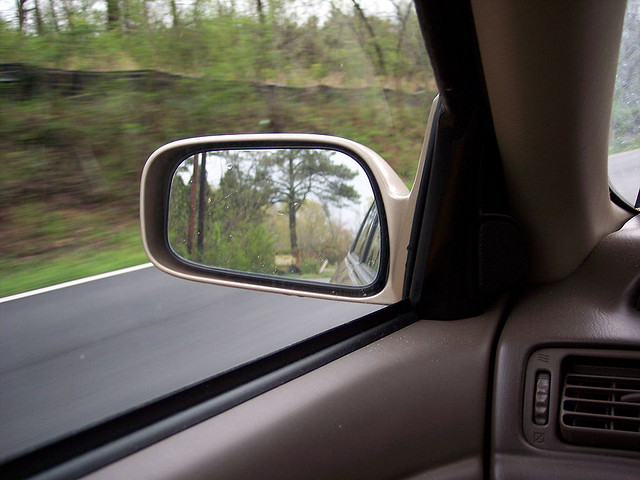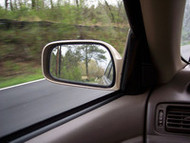Tips to Make Your Car Drive Smoother
19th Nov 2015
 Let's face it, no one enjoys a "bumpy" commute. Aside from it being uncomfortable, it can also wreck havoc on your car, damaging the undercarriage while knocking the tires out of alignment. Over time, this damage can add up, forcing you to shell out big bucks at the auto repair shop. The good news, however, is that you can promote a safe and smooth ride by following some basic steps.
Let's face it, no one enjoys a "bumpy" commute. Aside from it being uncomfortable, it can also wreck havoc on your car, damaging the undercarriage while knocking the tires out of alignment. Over time, this damage can add up, forcing you to shell out big bucks at the auto repair shop. The good news, however, is that you can promote a safe and smooth ride by following some basic steps.
Don't Lower Your Car
Many auto enthusiasts prefer the stylish look of a lowered car. And by lowering your car, you'll naturally have greater traction with the road. Of course, there are also disadvantages to lowering your car, including a more bumpy ride. Because they have less suspension to absorb the bumps, driving a lowered car will allow you to feel each and every pothole that you run over. So if you're trying to achieve a smoother ride, avoid lowering your car, keeping the suspension at factory height for an optimal level of comfort.
Align Your Tires
Another essential step in promoting a smooth, bump-free ride is to keep your tires aligned. You can usually tell if your tires are out of alignment by seeing if your car pulls to the side. If your car veers to either the left or right while driving on a straight, flat road, chances are it needs an alignment. More often than not, tires are knocked out of alignment when the vehicle hits a pothole or curb. While this doesn't cause any major damage, it can increased tread wear, forcing your to replace your tires sooner rather than later.
Install a Strut Bar
What in the world is a strut bar and why you should install one? Also referred to as a strut tower brace, it's a long piece of metal (usually steel or steel alloy) that's intended to reduce the strut flex of a car. The strut bar is attached underneath the vehicle, connecting each end to the strut tower. Once installed, it will promote a smoother ride by taking some of the burden off the suspension. Keep in mind, though, that not all cars are suitable for strut bars. Check your owner's manual for more information on whether or not your car is compatible, and if so, what the specifications are.

